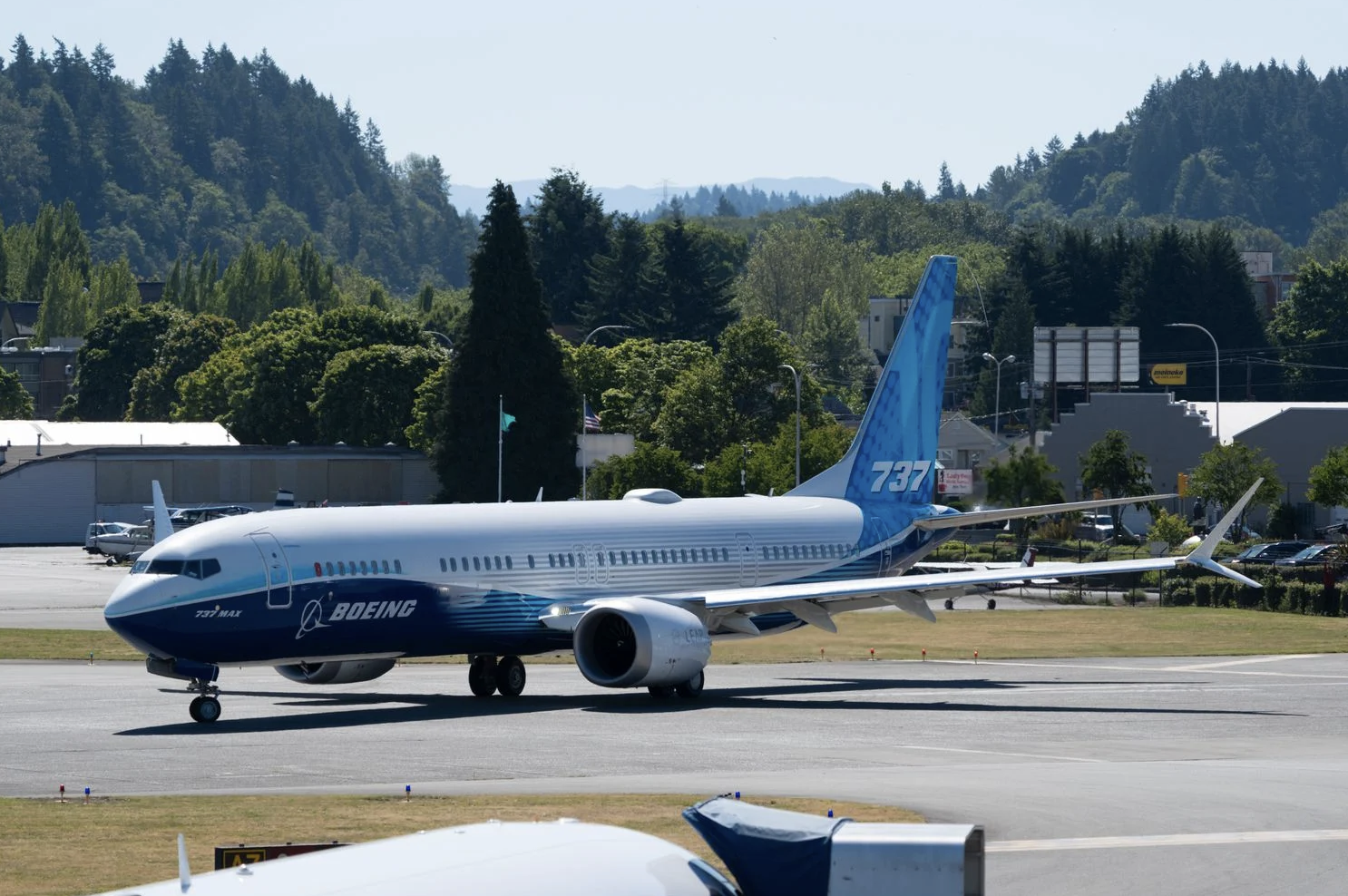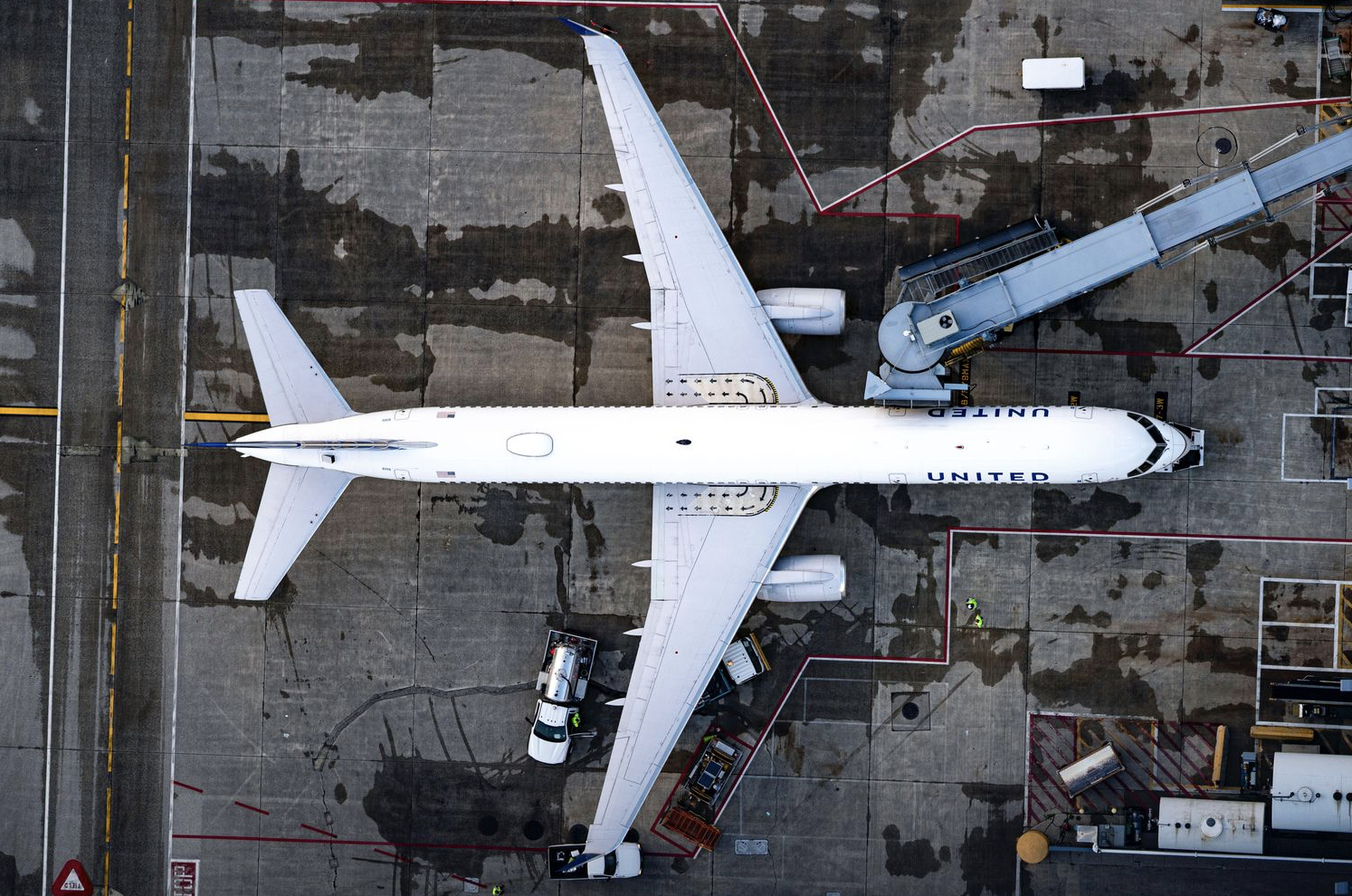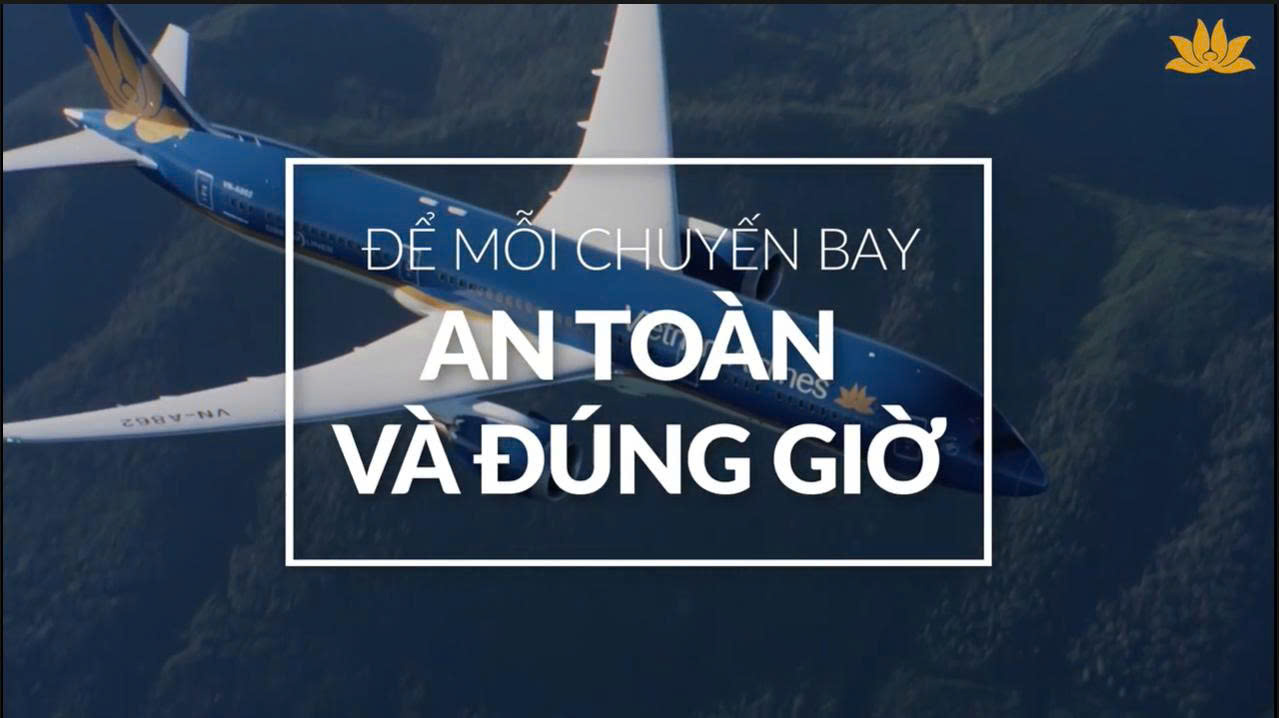Since the launch of Boeing’s wave of next-generation aircraft through the 2010s, questions have been raised about the future of the aircraft manufacturer’s development plans. While previous precedent has pointed towards a clean-sheet, “new middle of the market” (NMA) jet to rival Airbus’ upcoming A321XLR, Boeing Chief Executive Dave Calhoun has confirmed that Boeing has no immediate plans to launch a new product.
No major changes
During the Bernstein Strategic Decisions Conference on Friday, Calhoun noted that while the technology for a new sustainable, next-generation jet is compelling, significant development is still about a decade out, with no recent leaps in technology that could justify sales of a new aircraft.
“The incremental performance is narrow enough that you’re not going to bet an airplane on that. So what do you bet on?” said Calhoun. “The other, in my view, great advantage that can be added on airplane development is the use of a contemporary tool set to develop a true digital threat, right?”

Alternatively, Boeing will be working on developing digital tools to streamline the design and engineering of new aircraft, most recently having implemented in the development of some of its defense programs. Though again, the software still requires some ironing out of current features before it is ready to be implemented, with a timeline of several years noted.
It takes a lot of learning, the number of tests you can run virtually on the design and performance the airplane, the manufacturability and service. But we have to develop and mature the tools,” he added. “So we have them. We’ve practiced them in several of our defense programs, some of which you see, some of which you don’t.”
NMA?
Boeing has received industry-wide calls to develop a competitor for the NMA market, currently monopolized by the Airbus A321neo, with rumors circulating for over a decade about what will come next.

In 2015, Air Lease Corporation’s chief executive, Steve Udvar-Hazy, told FlightGlobal that the aircraft manufacturer was already looking at a clean sheet successor to the 757.
“We’re very, very intimately involved with Boeing… and based on everything we’ve seen, I think the re-engining idea is not on the table at this time,” he said. “I think Boeing is looking at an airplane that is not only a 757 replacement but one that also could do things beyond that capability in terms of range and size.”
Boeing’s most comparable jet to the A321XLR is its in-development 737 MAX 10, the elongated variant of its current MAX series. While offering just 14 seats less than the A321XLR, the MAX 10 falls significantly short in range, covering around 3,300 NM compared to Airbus’ 4,700 NM and 757-200s 3,915 NM, potentially restricting it from many trans-oceanic routes.
The outlook
Despite the demand, Boeing will not begin its development for “at least a couple of years” as technologies evolve. However, Boeing is confident that whenever it is ready to re-enter the market, its offering will poise some competition for Airbus. Calhoun summarized, “I’m confident my sales team is confident. Our customers express confidence to me, so why would I rush? No good reason.”
Cre: Simple Flying
Nguyen Mai Huong-COMM










